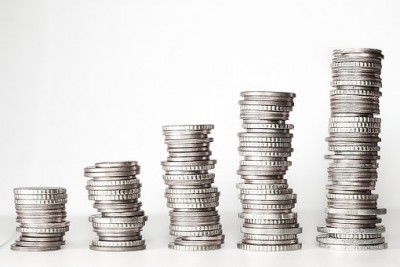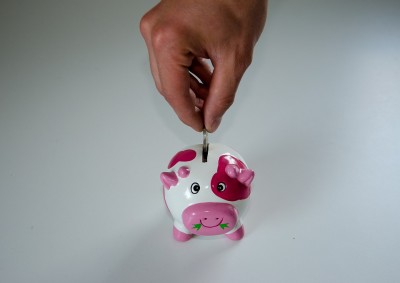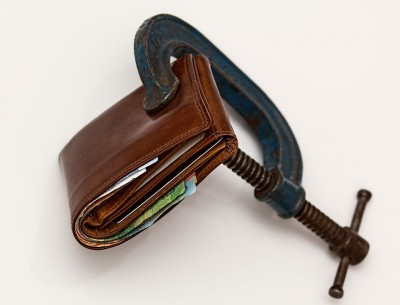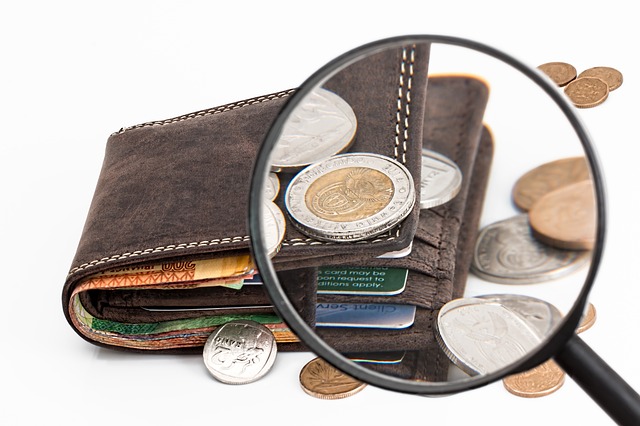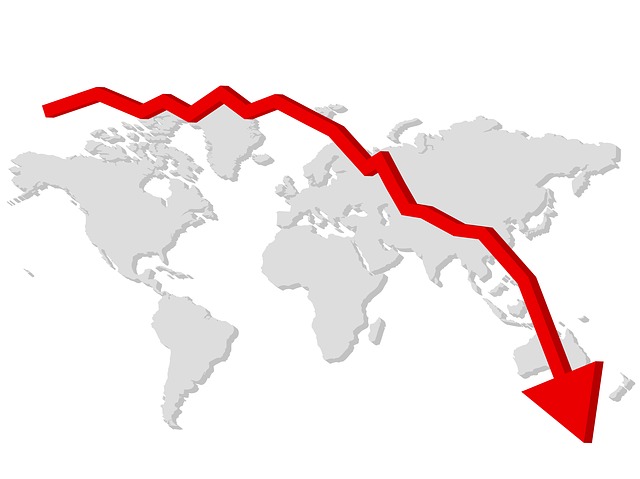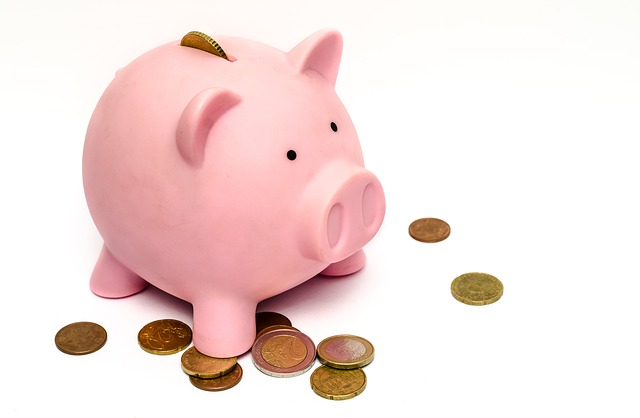
With interest rates at record lows, the returns on savings accounts and term deposits aren’t all that exciting. But high quality shares can pay compelling dividends – and there is a way to get more bang for your buck.
Recent research by the Commonwealth Bank shows that almost 40% of Australians say they will invest more money during 2014. Around eight out of ten of these people expect to invest at least $3,000 more this year than they did last year.
That’s great news. The trouble is, the same study found that over 70% of Australians focus on a very narrow selection of investments when it comes to building wealth. Cash deposits, superannuation and property are still seen as the most effective methods to grow financial security. Shares and managed funds are the first choice for just 15% of the population.
This means plenty of ordinary investors are missing out on the upsides of shares.
One particular plus is the potential to earn healthy dividends. This is the portion of a company’s annual profit paid out to shareholders, and in the case of some of our best known companies like Telstra, National Australia Bank, Myer or Goodman Fielder, investors are enjoying dividend yields of more than 5%. That’s significantly higher than deposits are paying.
Even better, dividends can be lightly taxed in your hands, because shareholders get credit for any company tax paid. And many good quality shares will show price growth over time – so hopefully, you’re growing your capital too.
One approach with dividend payments worth considering is to opt for a dividend reinvestment plan (DRP).
These allow investors to reinvest their cash dividends by using them to purchase additional shares on the dividend payment date. So rather than receive a cash dividend payment, shareholders receive an equivalent amount in the form of new shares in the company.
Lots of listed companies offer DRPs. You can choose to participate voluntarily, and there can be valuable savings on the brokerage you would otherwise pay to buy the shares separately. The shares are also often sold at a discount, providing further value.
If you’re not relying on dividends as a source of income, a DRP can be worth considering, however there are downsides.
It’s important that you only reinvest dividends with companies you believe have a strong future. Otherwise you could end up having a large concentration of shares in a company that is falling in value – without the benefit of having received past dividends as cash in the bank.
Some companies also put a limit on the number of shares you can hold to participate in a DRP. As a guide, Woolworths imposes a maximum investment of 20,000 shares.
To learn more about investing in shares and dividend reinvestment plans, the website of the Australian Securities Exchange (ASX) has plenty of freely available information. This includes a booklet entitled ‘Getting started in shares’ – you can find it at www.asx.com.au. Or take a look at my book Making Money.


